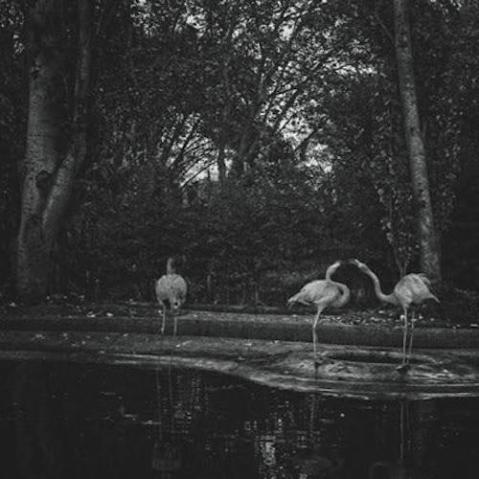What are 'headroom' and 'lead room' in video?
In video terms, composition refers to the placement and arrangement of visual elements within a shot. Lines, points of focus, and space are a few elements you should pay close attention to when composing your shot. Directors compose to tell a story, but also to create beautiful aesthetics and strong compositions to play on the emotions and curiosity of the viewer.

This is the fundamental method behind good composition. Once you begin to practise some simple rules, the way you see and set up your shots will change. Each individual has their own perspective, and bending the rules is solely up to you. Experimenting with composition is great, but it helps to know the common composition understandings that have been in practice for centuries.
Rule of thirds
The rule of thirds is a basic compositional tool for both stills and motion picture photographers. It works by dividing the frame into thirds, both horizontally and vertically. When a subject is placed on the meeting points of two of these lines, the shot translates as dynamic and more pleasing to the viewer.

Headroom and lead room
Piggybacking on the rule of thirds, leaving a subject headroom gives balance to the shot composition, while too much headroom will stunt your subjects, losing them in the shot. For optimum headroom, place your subject’s eyes near the top third of the frame.

When shooting a subject, lead room is the amount of space in front of, or in the direction that the subject is moving. Without lead room, a sense of direction and purpose isn’t conveyed and the shot can relay a sense of confusion instead of clear storytelling.
Eyeline
The viewer wants to see what the subject is seeing. The eyeline match begins with the character looking at something or someone on- or off-screen. The cut to what that person or object is looking at is then revealed.

If I’m looking down, the cut should match my eyeline for continuity. If two people are talking, the eyeline should match the same height and direction.
Background
In order to keep your subject as the main focus of the shots, you must make sure that the background you’re shooting against isn’t distracting. If it overpowers the main focus, the viewer can’t follow the story easily.

Blurring out the background with a shallow depth of field or selecting a plain environment are methods of keeping the attention on the intended subject.
The Moviemaking With Your Camera Field Guide is Olivia Speranza’s guide that shows you how you can build on what you already know to create truly spectacular movies with your camera in whatever genre you choose. It introduces everything from the language of film and basic equipment you will need, to the art of post-production and publishing your new work.
 The Moviemaking With Your Camera Field Guide, by Olivia Speranza
The Moviemaking With Your Camera Field Guide, by Olivia Speranza
£4.99 Download the PDF now!
This PDF version retains the styling of the original print book.
RRP for print edition: £8.99



